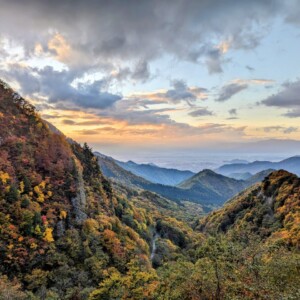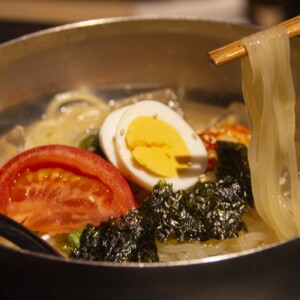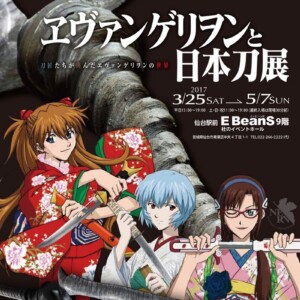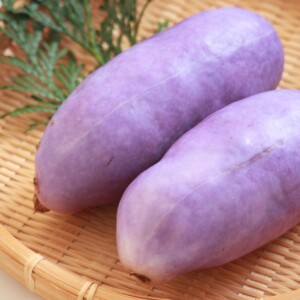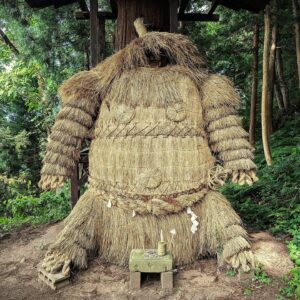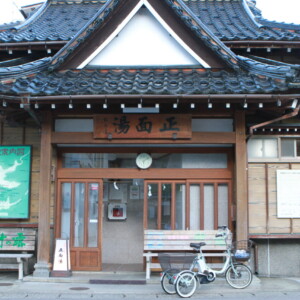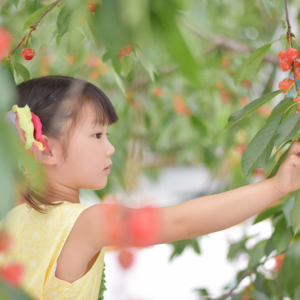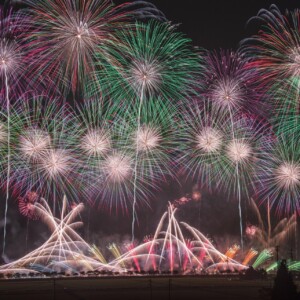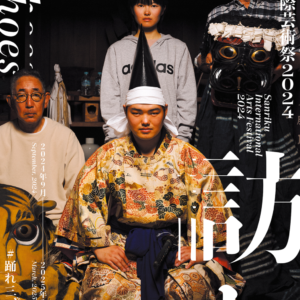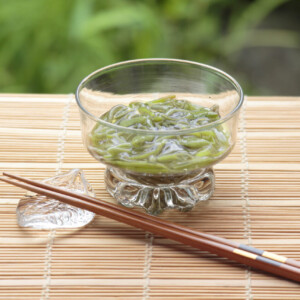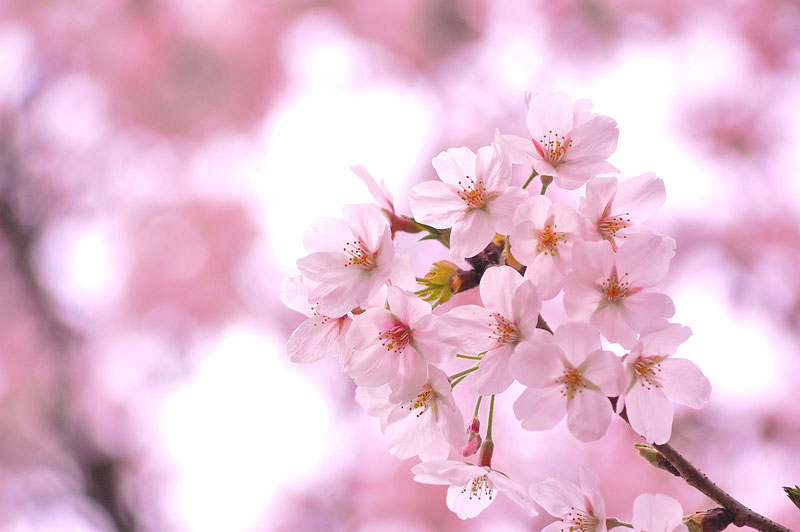
Spring is almost here! 4 recommended cherry blossom viewing spots in Akita!
table of contents
What do you remember when you see pale pink cherry blossoms?
Is it “graduation”?
Is it "admission"? Graduation songs are often sung to associate cherry blossoms with graduation, but this is a Tokyo story, and ``Zansetsu'' is more appropriate than ``Cherry Blossom'' as a season word for graduation ceremonies in the snowy country of Akita.
The best time to see cherry blossoms in Akita is from mid-April to late April in the southern part of the prefecture.
The best time to see them in the northern part of the prefecture is from late April to early May. Akita Prefecture is long in the north-south direction, so one of the attractions of Akita is that you can enjoy cherry blossom viewing for a long period of time while following the cherry blossom front.
Now, I would like to introduce recommended cherry blossom viewing spots in Akita, starting from the south.
Seishi Park, a collaboration of snow and cherry blossoms
Seishi Park in Kanaura, Nikaho City is famous as the park where cherry blossoms bloom earliest in Akita Prefecture.
The rows of 1,000 cherry blossom trees surrounding the lake are spectacular, with Mt. Chokai still covered in snow in the background.
Furthermore, during the season, the atmosphere changes completely as the sun sets.
The colorfully illuminated cherry blossoms are reflected on the lake surface, creating a magical atmosphere. It's as if you've wandered into another world, and it's so beautiful that you can't help but forget that time has passed. The cherry blossoms in the park are said to have been planted by Yushi and others who fought in the Russo-Japanese War to celebrate their triumphant return.
Although it can get very crowded due to the large number of people visiting the park, it is a famous cherry blossom viewing spot that is well worth it.
Kakunodate samurai residence and the legendary weeping cherry blossoms
Kakunodate, Daisen City, was known as "Little Kyoto of Michinoku" and flourished as a castle town.
Its biggest attractions are the samurai residences that remain from the early Edo period and the 162 weeping cherry trees that are 300 years old and have been designated as natural monuments.
There is no cherry blossom variety called ``weeping cherry'', but it is a variant of ``edohiganzakura'' whose branch tips, which are supposed to point upwards, cannot withstand the weight and ``weep'' downwards.
It is said that the origin of the tree was three cherry blossom saplings that the wife of the second Satake feudal lord brought from Kyoto for her wedding, and after 350 years, the current ``Kakunodate Weeping Cherry Blossoms'' were developed. There are costume rental shops on Samurai Residence Street, where you can dress up as a samurai or Ono Komachi.
Why not just take a stroll in a rickshaw? You may be able to feel the long history of 350 years.
Senshu Park, the center of Akita
Senshu Park is located in the center of Akita City and is a castle park surrounded by a magnificent moat and stone walls.
Approximately 800 Yoshino cherry trees, which are 110 years old, are in full bloom on the grounds, and the park is listed as one of Japan's top 100 cherry blossom viewing spots established by the Japan Sakura Association. Kubota Castle, which was built by the Satake clan, the first lord of the former Kubota domain, was destroyed in a fire in 1880, but the atmosphere of the time, such as the front gate of the main enclosure, still remains.
The vast park grounds in Ninomaru have become a very popular spot for cherry blossom viewing parties, with fierce competition for spots and lots of cherry blossom viewing visitors enjoying sake and cherry blossoms. Because it is located in the city center, surrounding roads can be very congested during the season.
We recommend that you prepare accordingly.
Kimimachi-zaka, where a passing history lies
Kimimachisaka Prefectural Natural Park, located in Futatsui-cho, Noshiro City, in the northern part of Akita City, is a magnificent natural park surrounded by 1,500 Yoshino cherry trees and double cherry blossoms, adjacent to the World Natural Heritage Shirakami Mountains.
In the past, it was a difficult place to keep travelers away due to the sheer cliffs with huge and strangely shaped rocks.
Its rugged history is evidenced by the fact that it was a training ground for monks during the Sengoku period, and was used as the last line of defense during the Boshin War in the Meiji period. The natural beauty of the meandering curve of the Yoneshiro River and the surrounding mountains, which can be seen from the mountaintop, creates a unique natural landscape that cannot be described in words.
After that, it was named ``Kimimachizaka'' because of the story of Emperor Meiji being moved by the splendor of the scenery during his tour, and the place where the Empress sent a letter expressing concern for the Emperor on his journey.
As a result, the area has completely changed from its past bloody history and is now the birthplace of love letter contests and a popular date spot.
During the cherry blossom viewing season, it is lit up at night, making it a recommended cherry blossom viewing spot for couples and couples.
The four cherry blossom viewing spots introduced so far have been carefully selected from Akita's most famous spots.
There are still many wonderful cherry blossom viewing spots in Akita, and there are probably just as many history and stories related to them.
Wherever there are cherry blossoms, there is history, and the long-lived cherry blossoms may be just bystanders of changing times.




![I actually visited the Aomori Winter Three Festivals "Hachinohe no Enburi" local report [Hachinohe city, Aomori prefecture] IMG_1442 (1)](https://jp.neft.asia/wp-content/uploads/2025/03/IMG_1442-1-150x150.jpg)
